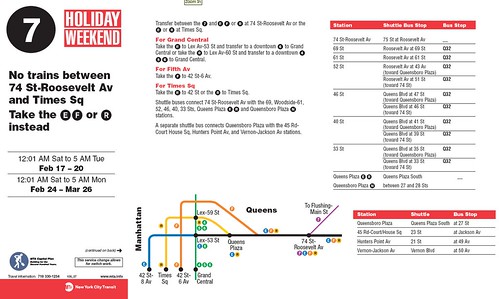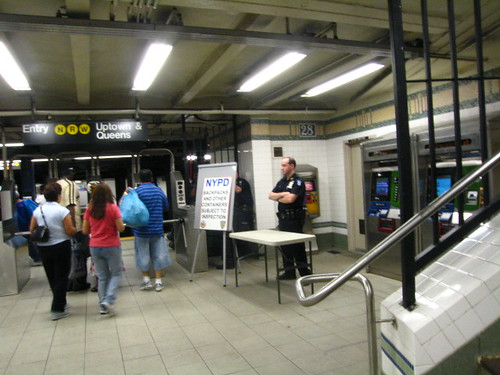
Graffiti in the subways is bad. It’s illegal; it’s an eye-sore. Just don’t do that.
Now that we have my disclaimer out of the way, via Gothamist (and as I was writing this, SUBWAYblogger) comes a new take on the old reliable mustache-on-the-newsman subway ad graffiti: Printable Cold Sores
The instructions are easy:
1. Download the cold sore PDF file.
2. Buy some clear labels.
3. Print.
4. And enjoy.
Mike and Juliet would look much better with a few well-placed cold sores, and I’m sure a certain Midwesterner in NYC would agree with me.









